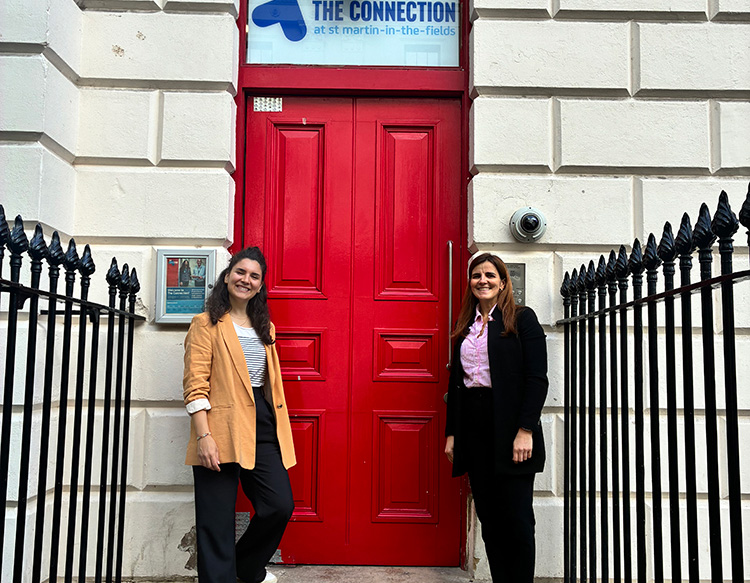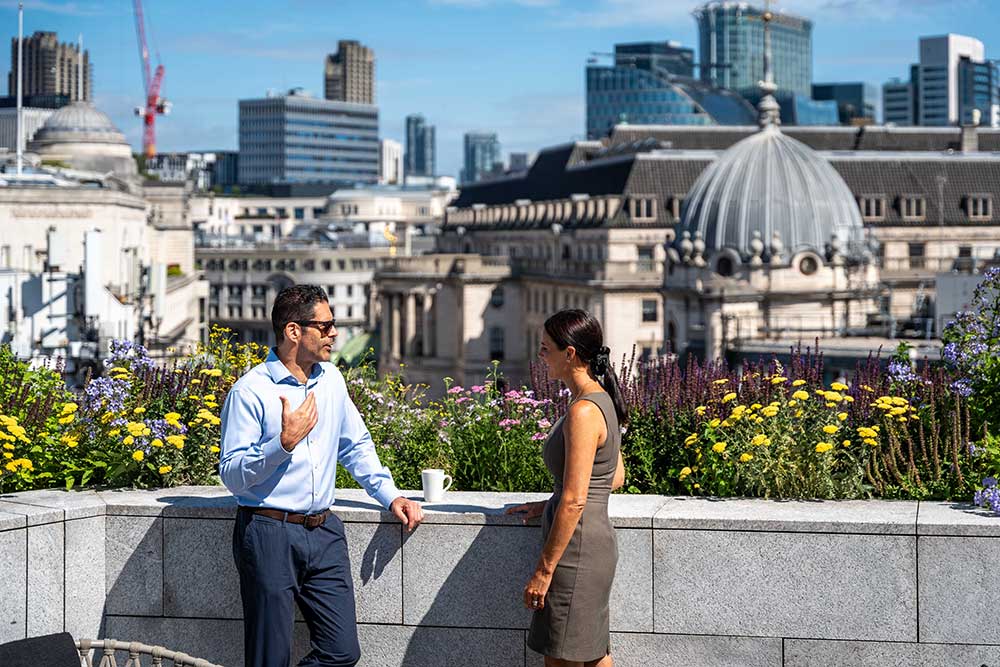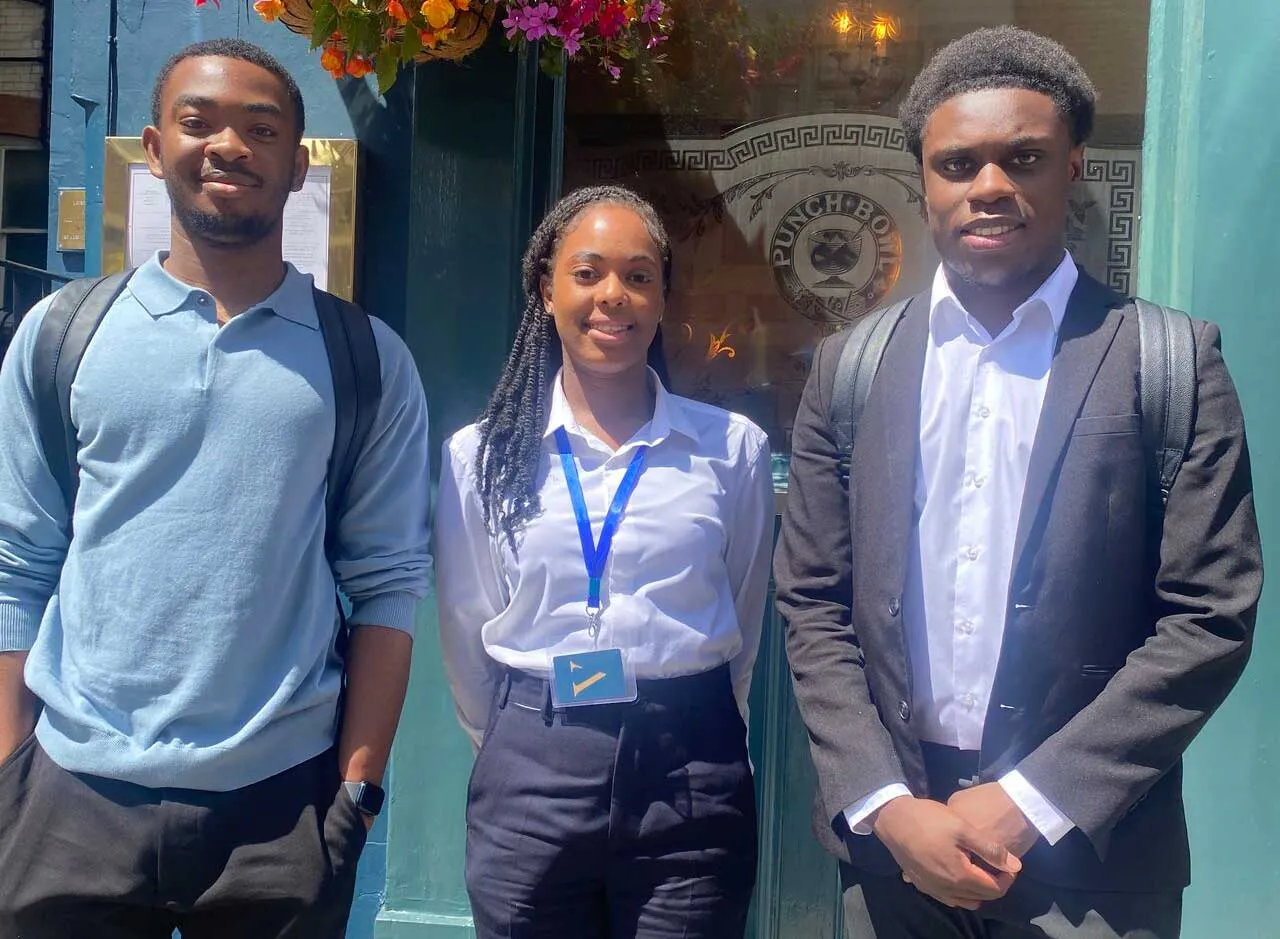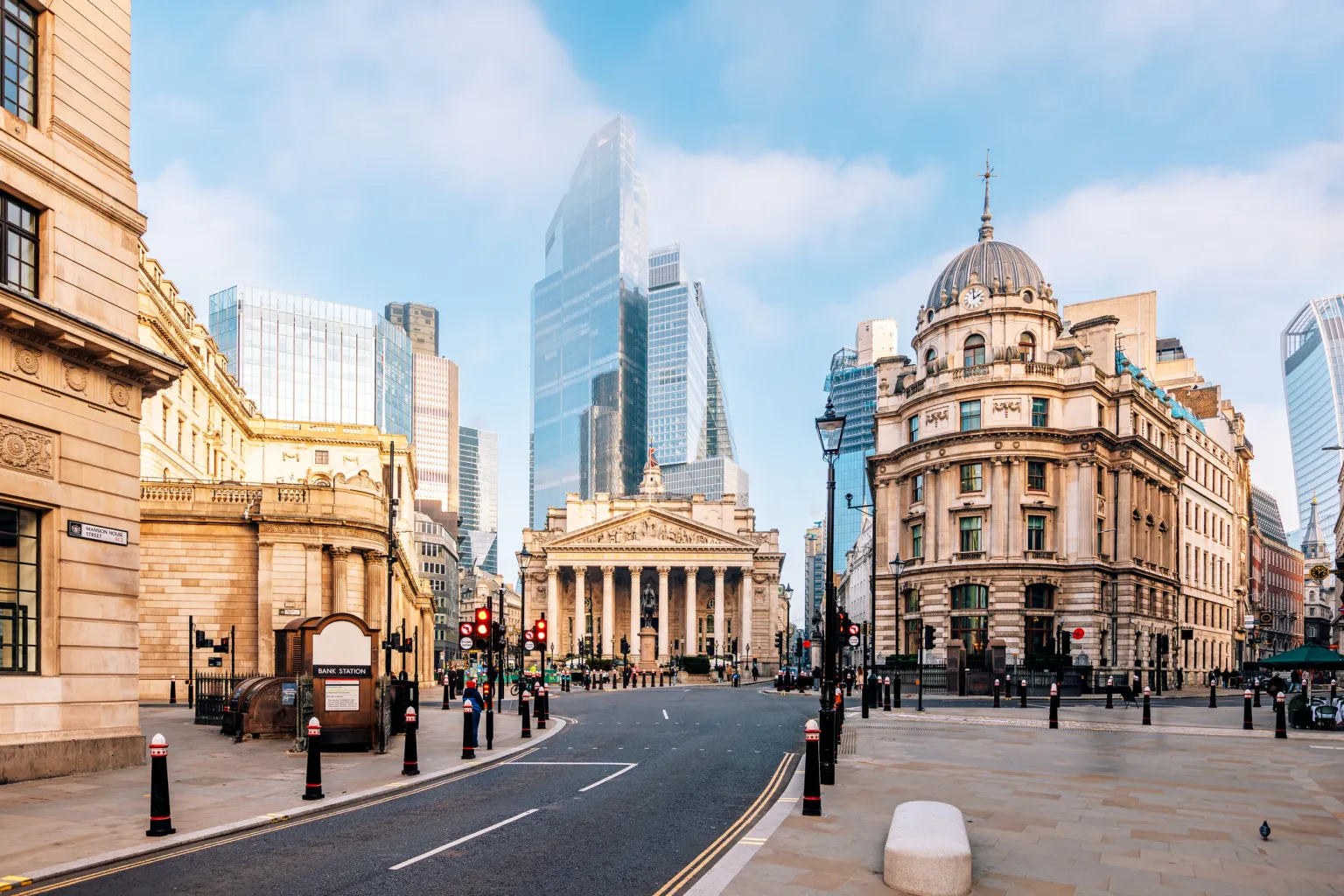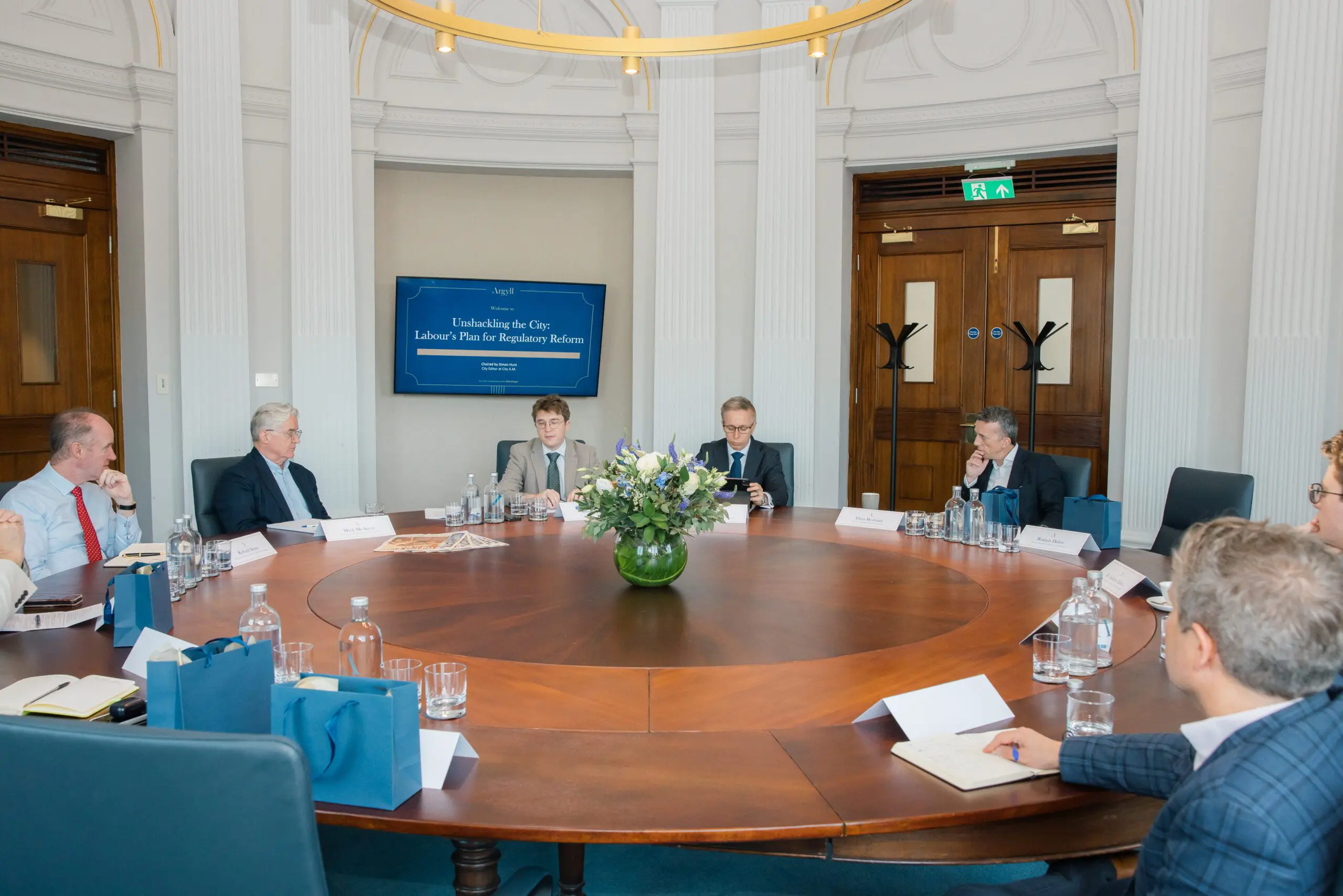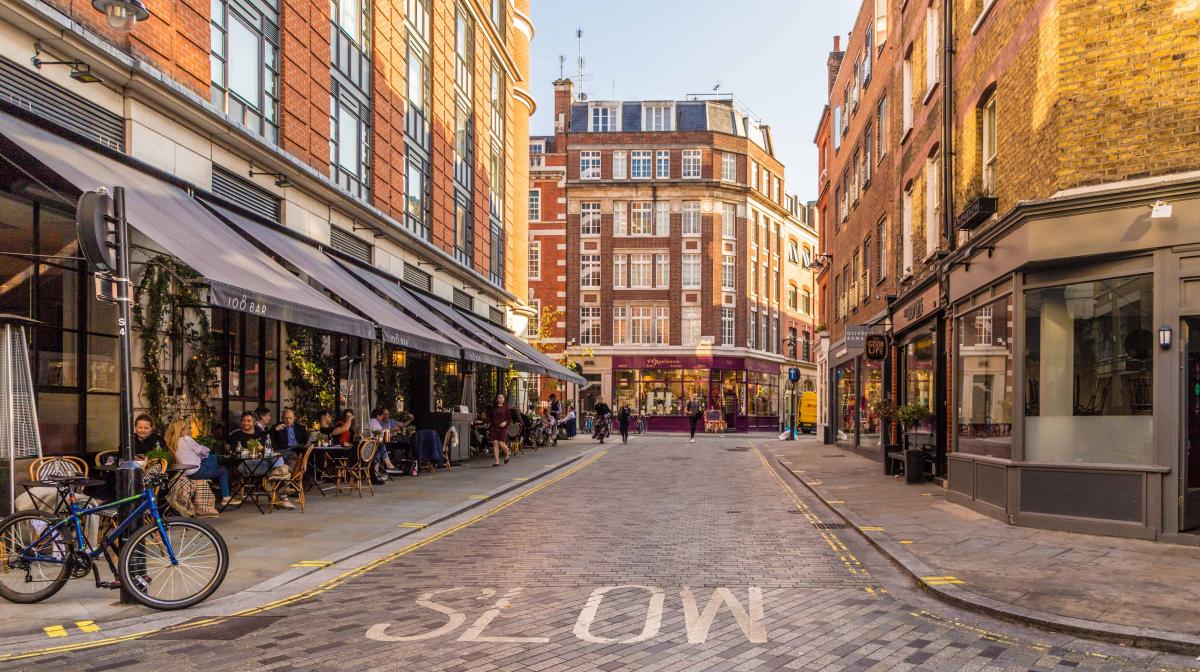
The Insider’s Guide to Relocating Your Office to Marylebone (Updated for 2025)
We take a closer look at London’s finest metropolitan village, with its beautiful architecture, upmarket shopping, arts and food scenes, and charming atmosphere.

